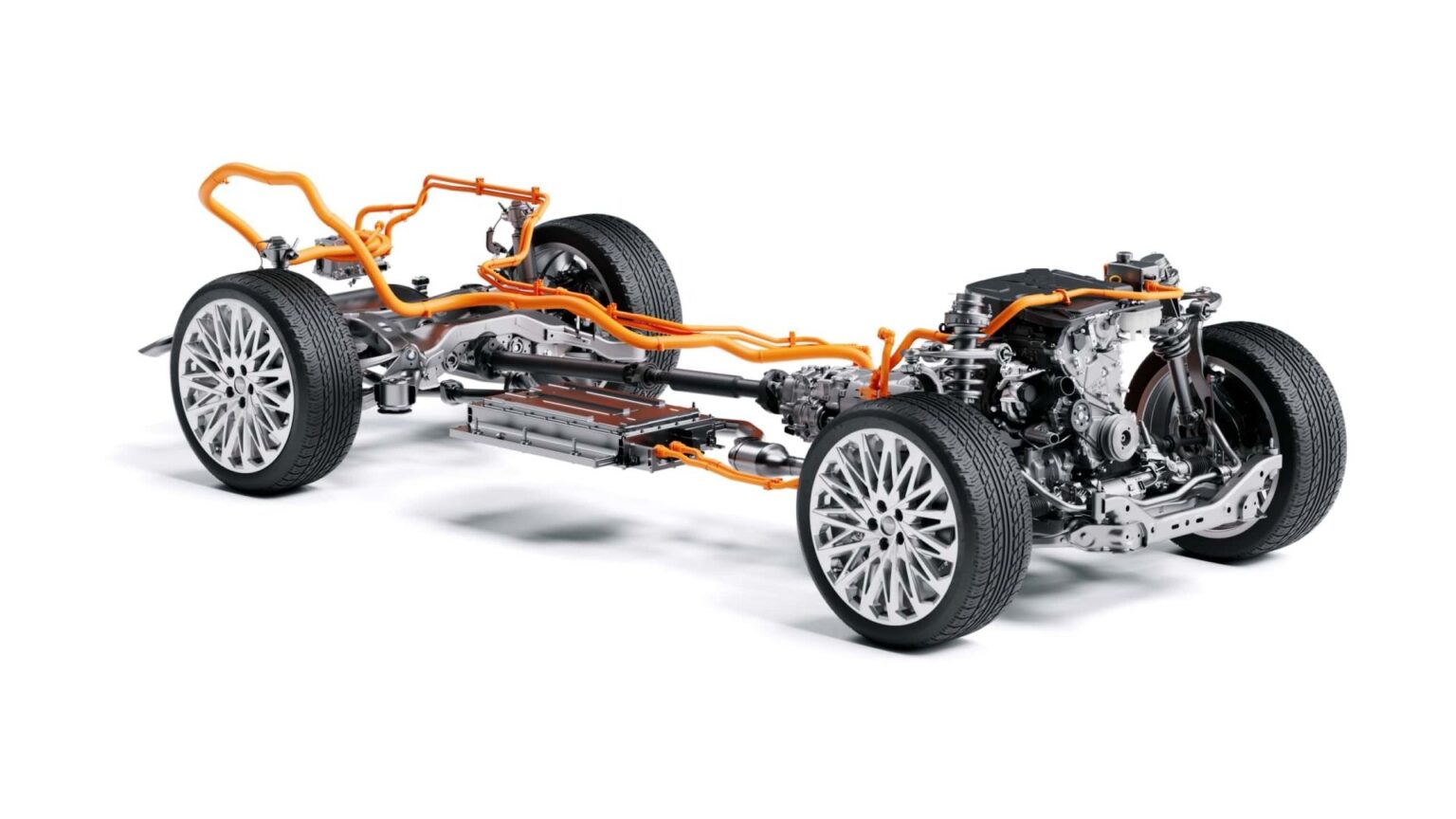If you want to save fuel but aren’t ready to grab a pure electric vehicle, hybrids are the way to go. By marrying a combustion engine with a small battery pack and an electric motor (or motors, as the case may be), fuel consumption can be slashed dramatically. Additionally, modern hybrid powertrains often deliver performance that’s every bit as good as what conventional, combustion-powered vehicles provide. Promising even greater efficiency and performance, the Hyundai Motor Group just announced a next-generation hybrid system that makes some pretty big promises.
Small Enhancements Add Up To Big Changes
The South Korean automaker claims its new electrified drivetrain technology will deliver “a new standard for power and efficiency.” That’s a tall order, but it sounds like Hyundai will deliver the goods.
Anchored by a 2.5-liter turbocharged engine, this hybrid system debuts in the redesigned Hyundai Palisade SUV, which enters production this month. Expect an impressive 329 horsepower and 339 pound-feet of torque from this setup. That’s a claimed 19 percent more power, 9 percent more torque, and 45 percent greater fuel efficiency than a conventional 2.5-liter turbocharged gasoline engine. Aside from the Palisade, this powertrain will also be fitted to a rear-wheel-drive Genesis luxury model in 2026.
Helping deliver all that extra power and torque along with staggeringly improved efficiency, the hybrid system’s 2.5-liter engine features a modified combustion cycle where the intake valve closing is delayed to slightly decrease compression while also increasing the expansion ratio. This sounds exactly like the Atkinson cycle, which has been used by plenty of other automakers in their hybrid powertrains. Additionally, this engine features newly designed pistons, and an updated fuel injection system to further increase efficiency and performance.
Aside from this “big block” four-cylinder, Hyundai will also build a hybrid system that features a smaller 1.6-liter gasoline turbo engine. In a midsize SUV, this next-generation system promises more than 4 percent greater efficiency compared to previous models, and the maximum torque output is increased around 280 pound-feet.
A New Transmission Is Key, Too
Of course, fancy new engines are only part of the equation. A willing dance partner is needed to make good on all these bold claims, and Hyundai has designed an equally new transmission.
This fresh gearbox features two integral electric motors, P1 and P2, both of which help in myriad ways. P1 is used to smoothly and quickly start the combustion engine, it aids in energy recuperation, and provides electrical assist. This motor-generator also helps deliver smoother, quicker gear changes. P2, in comparison, helps with propulsion and regenerative braking.
In the new Palisade, this gearbox appears to have six forward speeds, meaning it is not a continuously variable transmission like Toyota and Ford often use in their hybrid models. Additionally, this transmission can be paired with a range of engines that provide anywhere from around 100 horsepower to units with up to roughly 350 ponies.
Additional Hybrid Benefits
In addition to greater output and reduced consumption, this new hybrid system also offers some other unique benefits. Like the Hyundai Motor Group’s pure electric vehicles, models fitted with this next-generation hybrid system will support features like electric all-wheel drive, Smart Regenerative Braking to recuperate as much energy as possible, and even Vehicle-to-Load (V2L) functionality, a feature that allows you to use the hybrid system’s battery to power accessories. The ideal use case for V2L is while tailgating or camping, and this new system can put out up to 3.6 kilowatts, which is comparable to what the automaker’s pure EVs can do.
Aside from all that, Hyundai has developed a feature called e-Handling 2.0, which helps reduce body roll in corners by “applying motor torque in opposite directions to lower the vehicle’s center of gravity.” Electrification-Evasive Handling Assist (e-EHA 2.0) uses the vehicle’s camera and radar sensors to detect potential crashes and helps the driver make evasive maneuvers by adjusting front and rear regenerative braking. And finally, one other clever feature Hyundai’s latest hybrid system offers is called Stay Mode. According to the manufacturer, this system “allows the use of all in-vehicle convenience features, including air-conditioning and multimedia without starting the engine.” There’s no need to have the combustion engine running if you’re waiting for someone to arrive or for a store to open and you want to keep the climate-control system pumping. Stay Mode can be engaged when the battery is between a 70- and 80-percent state of charge and can run for up to one hour.
“We will continue to develop innovative technologies that actively utilize electrification capabilities during the transition to EVs, providing customers with eco-friendly vehicles that offer superior performance,” said Dong Hee Han in a media release shared by the automaker. He’s the executive vice president and head of the Electrified Propulsion Test Center at the Hyundai Motor Group. “We have developed an innovative new hybrid system that integrates our long-accumulated engine, transmission and hybrid system development experience with the electrification technology applied to our world-class electric vehicles,” the executive added.
Read the full article here


